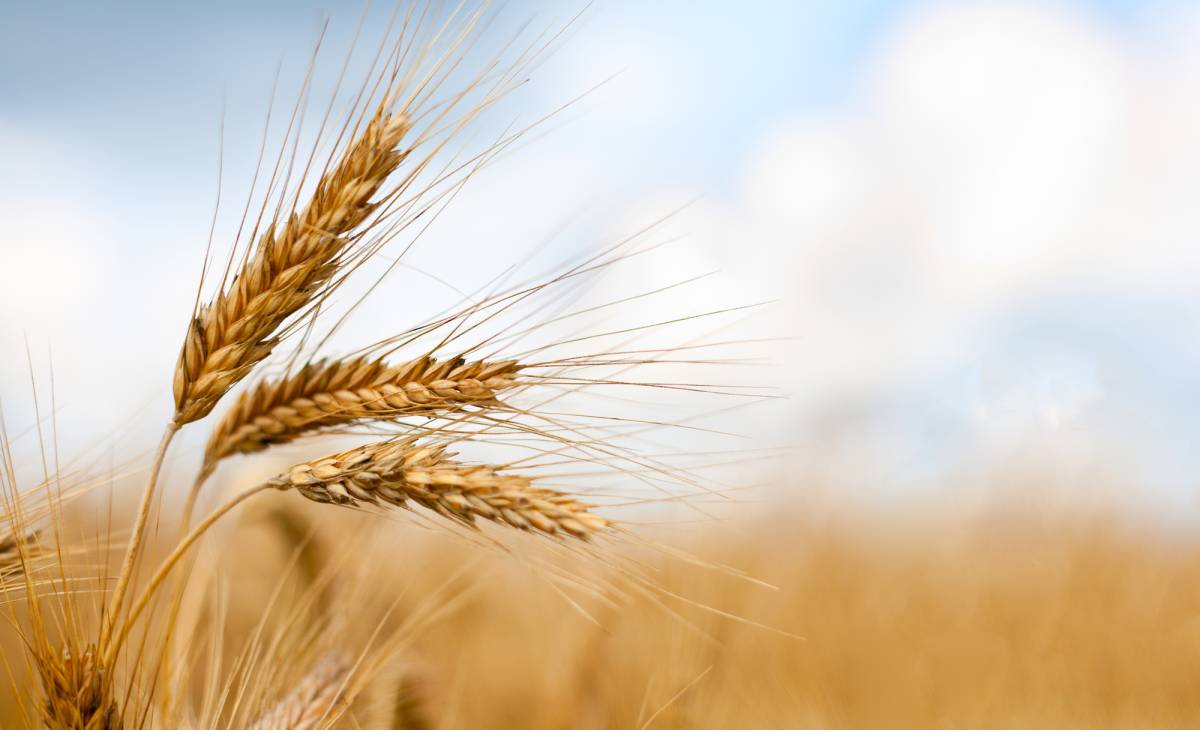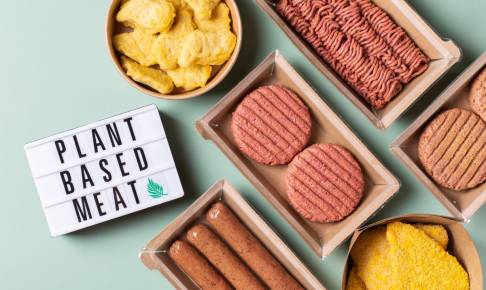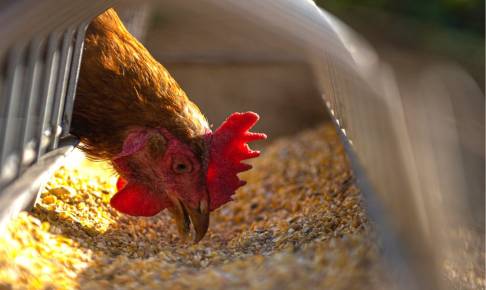DG SANTE’s proposal to lower the limits for mycotoxins in cereals and pasta: is it feasible?
Mycotoxins, naturally occurring toxins produced by certain molds (fungi), have become one of the most influential factors in cereal markets. In Europe, the Directorate-General for Health and Food Safety (DG SANTE) has recently proposed to lower the limits of deoxynivalenol (DON) and T2/HT2 which apply to cereals and derivatives intended for both human and animal consumption.
The new limits proposed in food products by DG SANTE, compared to the maximum levels currently in force for DON according to EC regulation no. 1126/2007, suggest for significant reductions for: unprocessed cereals (from 1250 to 1000 μg/kg); durum wheat and corn (from 1750 to 1250 μg/kg); corn milling products (from different limits differentiated based on grain size, up to a maximum of 1250 μg/kg, to a single undifferentiated category with a limit of 750 μg/kg). The proposal suggests lowering the DON limits also for derivative products such as: milling products and pasta (from 750 to 500 μg/kg); bread, pastries, biscuits, cereal-based snacks and breakfast cereals (500 to 400 μg/kg); processed grain-based foods and foods for infants and children (200 to 150 μg/kg).
The long-term goal is to reduce the concentration of mycotoxins in cereals and derivatives without affecting company turnover, allowing the latter to adapt gradually rather than suddenly. However, some difficulties have already been highlighted by industry associations.
The data from a monitoring program of the Mipaaf-Crea (Italian Ministry of Agricultural, Food and Forestry Policies - Italian Council for Agricultural Research and Agricultural Economics Analysis) conducted in the period 2011-2019, show that the average of samples (soft wheat) with DON values greater than 1250 μg/kg is 6 %; this figure would rise to about 8% with the new limit of 1000 μg/kg. Considering corn samples, on average, 16% of the batches presented DON values higher than 1750 μg/kg and; if the limit is lowered to 1250 μg/kg, this value would rise to about 20%.
Based on these data, it is clear that a further reduction of the limits for DON is not currently sustainable, therefore - aware that, in the future, the contaminant content must be reduced for continuous improvement of health quality of food products - it was requested to postpone the introduction of the new limits to leave the necessary time for operators in the supply chain, sector organizations and research to study new containment interventions and evaluate the impact of the maximum levels proposed.
Source:
https://eur-lex.europa.eu/legal-content/IT/TXT/PDF/?uri=CELEX:32007R1126&from=it
https://www.politicheagricole.it/flex/cm/pages/ServeBLOB.php/L/IT/IDPagina/9703






















